Previous years
COMPLETED (Short summaries below)
“Martin Van Buren” by Ted Widmer
rating: N/A
“Shoe Dog” by Phil Knight
rating: 1 star
“The Immortal Life of Henrietta Lacks” by Rebecca Skloot
rating: 2 stars
“Thinking, Fast And Slow” by Daniel Kahneman
rating: N/A
“What The Dog Saw” by Malcom Gladwell
rating: 1 star
“William Henry Harrison” by Gail Collins
rating: N/A
“What Happened” by Hillary Rodham Clinton
rating: 1 star
“Subliminal: How Your Unconscious Mind Rules Your Behavior” by Leonard Mlodinow
rating: 2 stars
“Astrophysics For People In A Hurry” by Neil deGrasse Tyson
rating: 3 stars
“The Sports Gene” by David Epstein
rating: 1 star
NEXT YEAR GOAL
My reading goals for 2018: read 24 books and read more fiction.
IN PROGRESS
“American Nations: A History Of The Eleven Rival Regional Cultures Of North America” by Colin Woodard
“Algorithms To Live By: The Computer Science Of Human Decisions” by Brian Christian and Tom Griffiths
“John Tyler” by Gary May
SHORT SUMMARIES
Martin Van Buren – By Ted Widmer
RATING: N/A
SHORT SUMMARY (272 words or less):
There’s a reason why Van Buren is mostly forgotten. As President, he did not establish any lasting or transformative doctrine. Nevertheless, he did leave a meaningful legacy in his life’s first and third acts, especially on party politics.
MVB grew up poor, the son of a tavernkeeper in NY. He was a self-educated lawyer and political star before becoming a Senator, Governor, Jackson’s Secretary of State and VP. In his pre-Presidency, through political compromise he recalibrated the Democratic Party away from the Jeffersonian view of leadership by educated elites towards a Jacksonian view of populism unified across a North-South geographic alliance. MVB’s Presidency, however, was doomed to fail primarily because he took office during the Panic of 1837, an economic calamity driven by loose credit, speculation and heavily leveraged trade with Great Britain. His ineffective Presidency unified the Whig opposition party and fractured Jacksonian Democrats, primarily along divides of geography, expansionism and slavery. Like Jackson, MVB supported the institution of slavery.
MVB was defeated in 1840 and attempted a comeback in 1844. As he campaigned, MVB traveled and accidentally met a young Abraham Lincoln. His once rigid stance on slavery softened. He did not win the Democratic nomination, but was nominated by the upstart Free Soil Party, an anti-slavery group splintered from the Democrats. This party played spoiler in the 1844 election, handing it to the Whigs. Ultimately the party was subsumed by and gave legitimacy to the platform of Lincoln’s Republican Party.
But, do you want to know the best part of MVB’s legacy? OK. Literally, the word “OK.” MVB’s use of this phrase made it part of the mainstream lexicon.
Shoe Dog – By Phil Knight
RATING: 1 star
SHORT SUMMARY (272 words or less):
This book was interesting, especially given my profession. I did appreciate Knight’s honesty throughout the book, of the trials by fire that he went through to learn the business. That is not very uncommon, I know, but it was interesting to read about. There weren’t any profound life philosophies that I gleaned from reading the book, but there were a few themes that emerged for me.
One: throughout his early career, Knight often referred back to his travel around the world when he was in his early 20s. Sometimes the macro-insights made its way into his business thinking, but often it was lurking in the background, a calibration of his world view that made him think or respond in certain ways. I have often said how I believe that every action you take, big and small, meaningful and meaningless. is the culmination of an entire life’s experience. I feel like Knight was honest about the background philosophies and life experiences that shaped and informed who he was as a person outside of a businessman.
Two: Everything in business comes down to supply and demand. High demand without supply to meet it; high supply without demand to meet it; etc. Seems so basic, but it’s so fundamental.
Three: Inspiration can come at a moment’s notice. E.g., the name “Nike” was selected almost whimsically. Inspiration can also be a methodical grind. It took Knights company years to become an overnight success.
All in all, this is a good book. Worth reading, if anything to learn about an interesting journey for the start a development of a successful business.
The Immortal Life of Henrietta Lacks – By Rebecca Skloot
RATING: 2 stars
SHORT SUMMARY (272 words or less):
What a fantastic book. It toes the line between incredulity and fate, as Henrietta’s story seems both from another world and also destined to influence human progress.
Henrietta Lacks is the namesake of the”HeLa” cells prolific in medical research. HeLa cells derive from cervical cancer cells taken from Lacks in 1951. Incredibly, HeLa cells reproduced a new generation every 24 hours and were the first immortal human cell line to sustain generational growth in lab settings. And they are still growing today. HeLa cells have lead to breakthroughs in biomedical technology, advancing treatments for polio, HIV, HPV, leukemia, influenza, hemophilia, Parkinson’s, IVF, cancer, etc.
Henrietta was a young, black tobacco farmer in Baltimore who was treated for cancer at Johns Hopkins. She was treated as well as possible for the time, but her cells were taken without her or her family’s consent (not uncommon at the time). HeLa cells became, and still are, widely disseminated throughout labs around the world, and ultimately, biotech industries profited heavily from their distribution.
The author discusses race, economics and our institutions objectively in context of Henrietta’s story. In a heartbreaking quote, with a complicated question, posed by Henrietta’s son: “If our mother is so important to science, how come we can’t get health insurance?” It makes you think about all sides of what that means.
But, here is the mind boggling theme. Cells from a woman who died tragically young from cancer continue to change the world 66+ years after her death. If there’s ever a cure for cancer, the fact that Henrietta lived on this earth will have a lot to do with it.
Thinking, Fast and Slow – By Daniel Kahneman
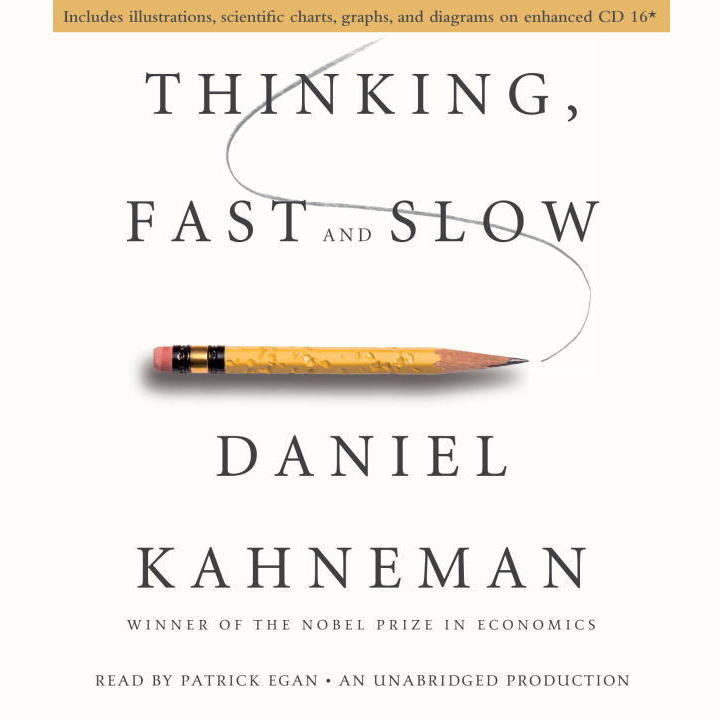
RATING: N/A
SHORT SUMMARY (272 words or less):
The book received high praise (author is a Nobel Prize winner in economics) as a detailed analysis of the duality of human thought and how it affects perception, decision making and conclusive analysis. I am sure the praise was warranted, but I just couldn’t get into it. Maybe it should be a night stand book for me to pick up every now and then. I may try again later, but after dedicating five hours of listening with fifteen more to go I’d rather move on. But here are my takeaways.
The basic theme: our process of thinking is governed together by a “fast thinking” system and a “slow thinking” system. The fast thinking system primes responses for the slow/deliberate thinking system. In one example, people primed with pictures of food are more likely to fill in the phrase “s–p” as “soup” than those primed with pictures of uncleanliness, who supply the word “soap.” The slow thinking system provides the response, but it’s primed by the fast thinking system.
Thus, overall perception of the world can certainly be influenced by the subconscious perception by the fast thinking system. It reminds me of a documentary on the movie “The Shining” called “Room 237” where there is a discussion on subliminal messages in the advertising industry.
I also learned about the Lady MacBeth Effect. A demonstrative example: people who are asked to lie verbally then will later prefer oral cleaning products, while those who lie on email select hand washing products. Something about how Lady MacBeth imagined blood stains on her hands after committing murder.
What the Dog Saw – By Malcom Gladwell
RATING: 1 star
SHORT SUMMARY (272 words or less):
No short summary
William Henry Harrison – Gail Collins
RATING: N/A
SHORT SUMMARY (272 words or less):
What did you do over the last month? Whatever it was, it’s more than what William Henry Harrison did during his 31 days as President. In fact, the ultimate irony of this summary is that it took me six months to read a biography of a President who served for only one.
It’s an unfortunate fate, to be remembered as the most inconsequential US President. But that’s the hand that Harrison was dealt. His biggest Presidential accomplishment was that he was the first to die in office. His funeral set some unfortunate future traditions, the most evocative and eerie being the riderless horse that echoed across time, 122 years later for President Kennedy.
Harrison’s life, though, did have an impact on American history, in the same magnitude as many non-Presidents whose biographies often go unexamined: Burr, Mason, Gerry, Hamilton, Clay, Calhoun, etc. So, it was interesting enough to read about Old Tippacanoe. But make no mistake, I’m in the midst of a boring stretch.
Harrison’s main contribution came in two ways: defeating of the powerful Shawnee Chief Tecumseh; and much later in life, his first-of-a-kind folksy campaign for President in 1840. The impact of Tecumseh’s defeat cannot be overstated. It crushed any hope for the formation of a Native Federation to counterbalance and counterattack American expansion. The impact of Harrison’s 1840 Log Cabin Campaign cannot be over-exaggerated. It set the tone for a litany of Presidential candidates’ narratives of the “common man” and running against an ambiguous Washington elite.
Also, the word “booze” became mainstream after the 1840 campaign. Perfect, because booze is what you’ll need to get through this summary.
What Happened – By Hillary Rodham Clinton
RATING: 1 star
SHORT SUMMARY (272 words or less):
I started out reading this book with the expectation to summarize it like the others. And though the book was interesting, to me, from a historical perspective, I felt exhausted to try to write about it. Probably because of the recency of the election, even putting my politics aside.
So here are my big takeaways.
One, history will look at this election as a very bizarre one. The monumental upset and the historical candidacies, not just gender but age and tradition, would be enough to make it something history will dissect for a generation. Add the very basic intrigue of the loser having to attend, on stage, the election of the winner. What a bizarre time.
Two, regardless of your politics, it really is amazing that Hilary Clinton never was elected to the office. If you were with her, you look to the many things that coalesced to provide the upset, and it seems unreal. And even if you were not with her you come to the same conclusion with your political views in stride, that it was a big surprise to see Trump win the election.
Three, Clinton won 3M more votes than Trump. That’s a big number. The question that remains: is Clinton’s loss a repudiation of the Democratic Party platform? Or does the focus need to be on the 80,000 that swayed the election? In other words, does the Democratic Party pivot towards economic populism only and move away from equal rights issues, or can they be competitive doing both moving forward?
Subliminal – By Leonard Mlodinow
RATING: 2 stars
SHORT SUMMARY (272 words or less):
My biggest takeaway from this book: the existence of a subconscious mind is not theory, it is a proven fact. And so is its influence on conscious thinking.
There’s this concept in Hinduism of the “lotus dream”–that our world isn’t really the true world, that it’s the result of a divine dream on a cosmic time scale. This book doesn’t get into that at all, but it does discuss the idea that our conscious understanding of the world is a mere model, processed by inputs in our conscious mind and broad influences observed by our subconscious. In a mind blowing example, our brain gets hit with the equivalent of 11 million bits of information every second, and our conscious mind processes only 16 to 50 bits of that. The rest is filtered, categorized, and discarded by our subconscious.
There are a few areas that I want to explore further. One: the actual neuroscience and biology of the human brain. Which regions do what? How do they interact? Two: the impact of categorization. How does the subconscious automatically categorizes sensory information and how is our conscious mind subsequently influenced? Three: the remnant artifact of the subconscious mind. Forgotten experiences do not always disappear; they remain in your cognition long after you forget them. Book example: lullabies sung to babies. You don’t remember them when you grow older, but the emotional impact remains in your subconscious long after your conscious mind forgets the melody. And four: the evolutionary conditions that lead to the biological change in human cognition. Specifically, what happened 50,000 years ago when our brain chemistry changed so suddenly?
Astrophysics for People in a Hurry – By Neil deGrasse Tyson
RATING: 3 stars
SHORT SUMMARY (272 words or less):
Initially I was not going to write a summary for this book. But the last chapter really spoke to me. It articulates Tyson’s view of the “Cosmic Perspective” – a sweeping philosophical discussion that marries the concepts of science and existential philosophy through the lens of astrophysics. I cannot speak for him, but from what I can take of this view is that the fundamental question of astrophysics is to understand how the universe works, and this inquiry is based in both science and imagination. The science allows the perspective to stay grounded and to follow verifiable truths. The imagination allows us to think way outside the bounds of what we know and observe, to postulate theory and propose fantastic alternatives to what we perceive to be real and unreal, almost spiritually. It’s an interesting take, to introspect in this way. It feels like the next evolution to Carl Sagan’s “Pale Blue Dot.”
As for a summary, this book is densely packed with information, but highly entertaining. It’s the kind of book that I’ll go to again. I had some random takeaways. Through a quirk of quantum physics, matter barely outnumbers anti-matter, and this allows for all of our existence. There is growing evidence of our existence being part of a multiverse. Life in our solar system may have originated on Mars. The moons of Uranus are the only ones named after characters from British literature not Greek mythology. Einstein was such a badass that his self-proclaimed “biggest blunder” (the cosmic constant) wasn’t actually a blunder at all. He just didn’t know that the universe was expanding, but his math still works.
The Sports Gene – by David Epstein
RATING: 1 star
SHORT SUMMARY (272 words or less):
This is book is a rebuttal of the Gladwell 10,000 hour rule. I commend the author for being bold, looking at issues of race, geography, and genetics, in an area of where this kind of research seems taboo. It would be trite, but not inaccurate, to say that Epstein’s argument boils down to a nature and nurture explanation of elite athleticism. But it explains those arguments in captivating ways. Genes matter, it’s not just about deliberate practice or hitting 10,000 hours. But culture matters too. If you go to Jamaica or Kenya, you’re not immediately going to find a Olympian sprinter or marathoner, but you will find people who will biologically respond better to intense and elite training.
Highlights: elite athletes “chunk” and develop neural pathways to overperform. A fastball reaches the plate quicker than human reaction time allows a swing, so a slugger subconsciously determines when to swing based on a pitcher’s shoulder positioning upon release. Natural selection and sexual selection manifests to physical traits. Humans are similar to primates and so the male genetic difference in size and strength is related to the gestation period of women. Genghis Khan as a lot of descendants, around 16M Asian men have an identically shared Y chromosome. Jamaicans may be the best sprinters in the world because people with recent West African ancestry may have more fast twitch muscle fibers due to the evolutionary response to protect against malaria. Kenyans are the best marathoners in the world due to their relative longer and thinner legs, and their running culture, infrastructure, and implicit/explicit social influences that encourage and necessitate running.
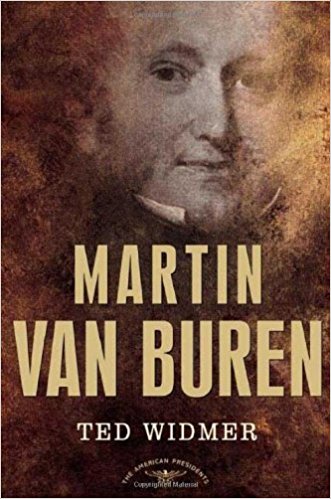
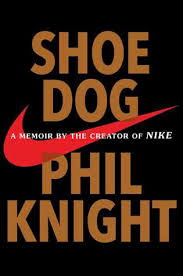
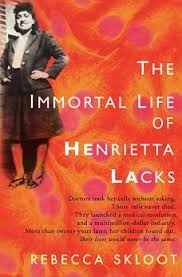
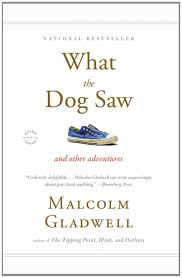
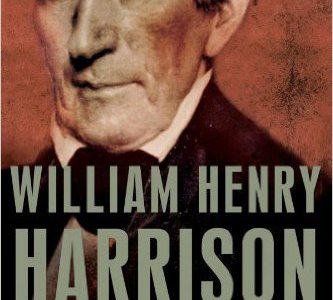

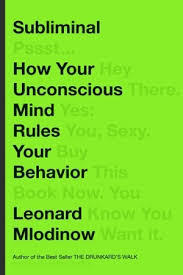

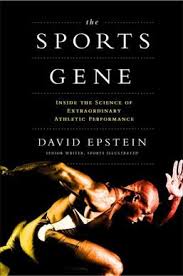
I learned so much in an incredibly short time by reading your summaries. And you wrote in such a captivating way that I didn’t want to stop reading. Thank you for sharing the thought provoking wisdom you gleaned from your 2017 reading!
LikeLike